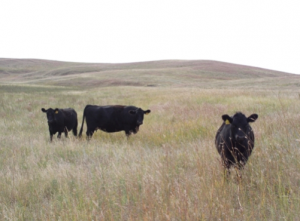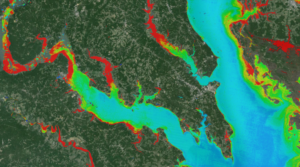
During a visit with Confederated Salish Kootenai Tribe leaders of Montana’s Flathead Indian Reservation today, Department of the Interior Secretary Sally Jewell issued a Secretarial order reaffirming the land trust responsibilities of the Interior Department to Native tribes and individuals.
“This Order reaffirms the Department’s obligations and demonstrates our continuing commitment to upholding the important federal trust responsibility for Indian Country,” Secretary Jewell said. “It acknowledges that each of us working in the federal government has an important responsibility to Indian country and it ultimately takes all of us, working together, to meet our important obligations as a trustee.”
Exactly two years ago, David Bartecchi, a community rights specialist, published an article in Village Earth explaining how free Landsat data can help Native Americans monitor the more than 55 million acres of their land held in land trusts by the Bureau of Indian Affairs.
Bartecchi’s article chronicles the history of land-leasing and provides tips on how overgrazing can be identified and stopped—an example of free data empowering land stewardship and rectification of perceived injustices.
Further Information:
+ Secretary Jewell Issues Secretarial Order Affirming American Indian Trust Responsibilities
+ Monitoring Natural Resources on Native American Reservations, Village Earth






